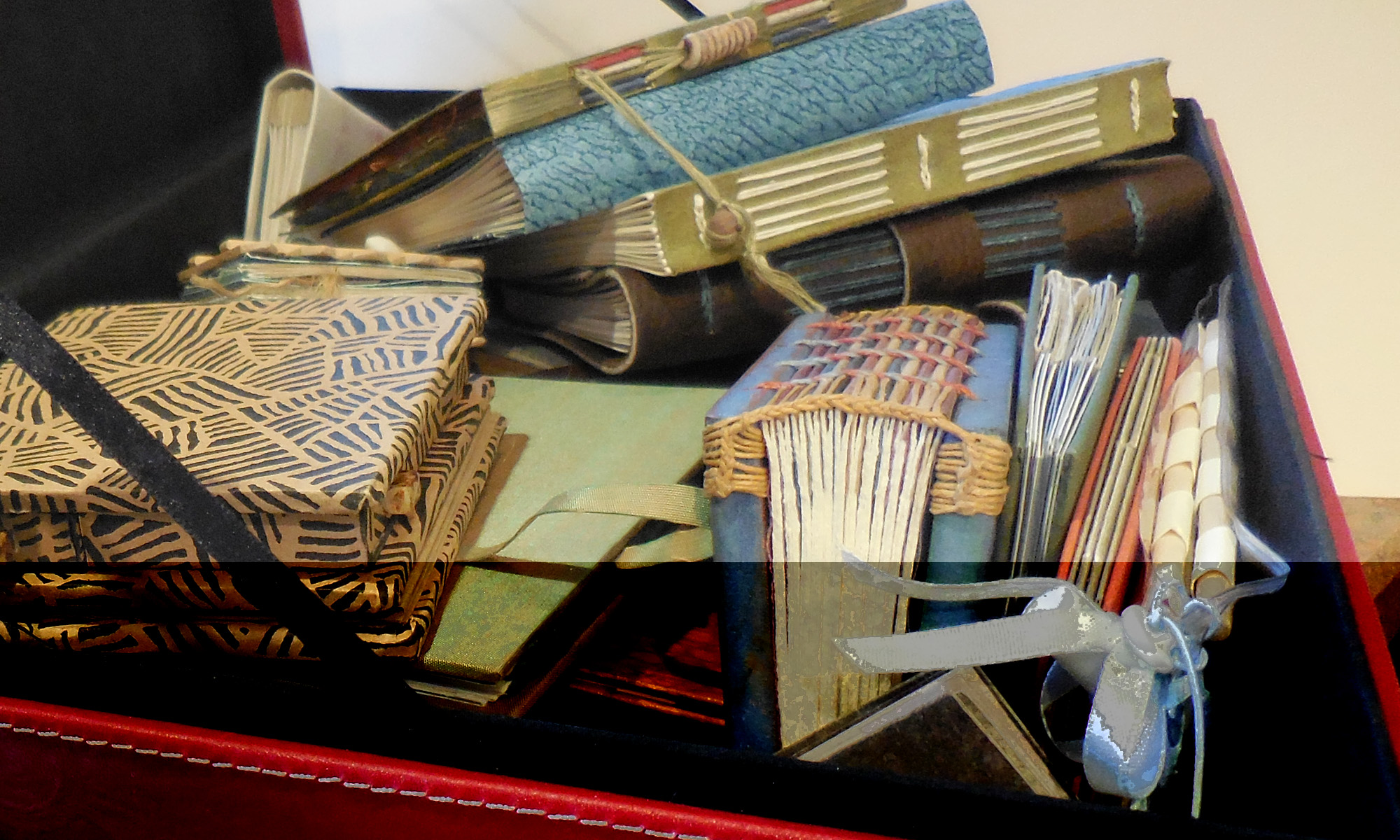The thing that is absorbing me now is color in calligraphy. So many color courses are geared toward painting or landscaping, where the artist is dealing with fields of color. But in the case of most lettering, we are dealing with two colors: the letter color itself and the background upon which the letter lies.
(I should say: *at least* two colors. If the background is not a flat color, then the color or tint is changing. And whether the color of the lettering is flat or variegated, it is changing against a variegated background.)
And the letters must have at least enough contrast from the background to be read, unless you are simply making a calligraphic painting which is meant to be abstract or representational.
So how do these new parameters affect our study of color? I don’t know. I’m floundering about on this, and have been for awhile.
The solution for many calligraphers is to simply separate a color study from the lettering, as I did in the preceding little landscapes. There are other solutions, all with pitfalls.
Like this:
Like Loading...








